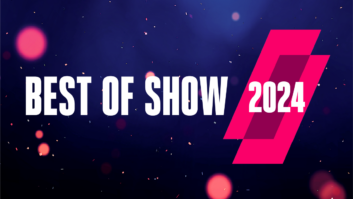FM-HD and NextGen Broadcast are both multiplexes, meaning they carry more than one “service.” Both are fighting for adoption.
Adoption is driven by content far more than quality, which is so obvious and undisputed it feels awkward to even say it. If it’s the experience you want to hear or see, you will listen to distant noisy AM, watch snowy black-and-white, or dig through the web looking for it.
Without desirable content there are few customers, and no manufacturer will build and promote affordable, user-friendly, mass-market receivers.
We use little more than a third of our VHF FM “service” capacity, and we’ve just began to play with UHF NextGen Broadcast as a platform. A few HD2/HD3 “channels” broadcast unique content or simulcast a main channel of another (often co-owned) station that benefits from enhanced coverage.
No market carries anywhere near all the great public radio content that is available. Nor do we do enough rebroadcasting of block programs in different, more convenient for some, time slots. Potential and existing high school and community radio “stations” cry out for broadcast homes. Radio reading services and the audio of local and national TV news have an audience. There are more significant ethnicities/communities than English and Spanish. Some pirates could grow up to be legit given the opportunity.
Simply put, it is absolute truth that if broadcasters filled their multiplexes with desirable content, there would be demand, and HD Radios and NextGen Broadcast devices would find a welcome home with our listeners.
AM is more special. Migrating to big FM-HD and NextGen Broadcast signals is far more useful in the long run than shoehorning in a flea-power analog FM translator on an AM tower or yearning for the laws of physics to change and the climbing noise level to retreat.
There are no technical barriers, relatively small financial barriers, some changeable contractual barriers and some unintentional regulatory inconveniences. Until FM-HD and NextGen devices are ubiquitous, a broadcast “service” slot is worth little. We should lease these to our AM friends and competitors for our own good. Syndicated content providers should adjust their costs to reflect what the embryonic audience can support and raise costs as the audience expands.
Whether radio or TV, the question is the same: Do we start the transition to the next platforms or not? The answer to that is in the hands of the license holders.












